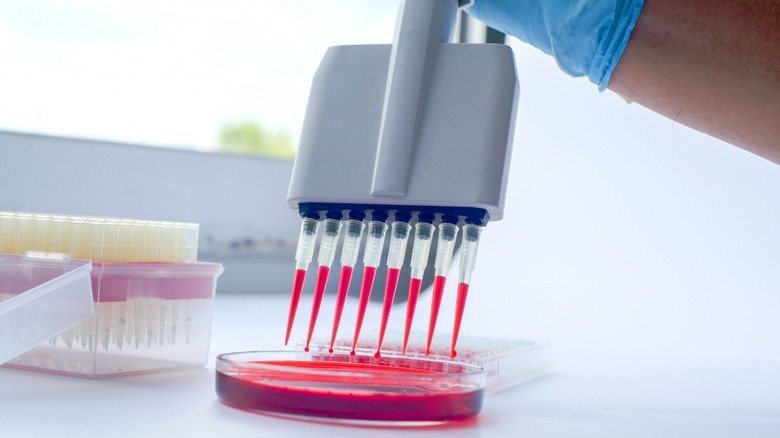How HIV Surveillance Technology May Be Causing More Harm Than Good
Federal officials are promoting a new molecular tool that has people who are HIV positive and health equity advocates worried. This molecular surveillance tool — part of the Centers for Disease Control and Prevention's (CDC) HIV cluster detection and response program — collects blood samples with the aim of monitoring the spread of HIV across the population, per Kaiser Health News.
Robert Suttle experienced firsthand what it is like to be treated like a criminal in 2008 when a former partner accused him of not revealing he was HIV-positive. Instead of fighting the charge and putting himself at risk of a longer sentence, Suttle pleaded guilty to intentional exposure to the AIDS virus. He ended up spending six months in state prison and had to register as a sex offender. Suttle told Kaiser Health News that this new tool could target you as a source of transmission and deem you a criminal for being a person with HIV. Many health equity advocates believe that government access to personal data and lack of patient consent outweigh the technology's benefits.
The federal government hopes to reduce new HIV infections by 90% by 2030. According to the CDC, detecting HIV clusters and identifying the type of viral strain through molecular surveillance has already helped uncover over 300 HIV outbreaks in the U.S., per Kaiser Health News.
This is how HIV molecular surveillance technology works
The Centers for Disease Control and Prevention (CDC) implemented the HIV cluster detection and response initiative to identify where there is rapid HIV transmission. This can then provide guidance to public health agencies on where prevention and treatment services are needed. The CDC defines an HIV cluster as an outbreak among a population in a specific geographic location or social network. Once a cluster is identified, health providers can better understand where there are gaps in HIV prevention care and address them to curb the spread. The CDC states that identifying HIV clusters and responding to them in real-time is pivotal to slowing HIV transmission and ending the HIV epidemic.
The CDC explains that molecular data analysis uses a process that generates genetic sequences of the virus without revealing a person's identity. Health experts then analyze these sequences to determine where there are clusters of common strains. They then reach out to advocates, healthcare providers, and community leaders who can then coordinate their efforts to address the issue within the community.
According to the World Health Organization, roughly 37 million people globally were living with HIV by the end of 2020, and over 36 million people have died of HIV since the onset of the epidemic.


